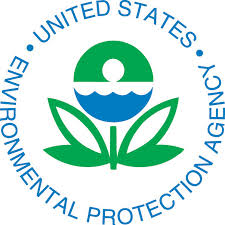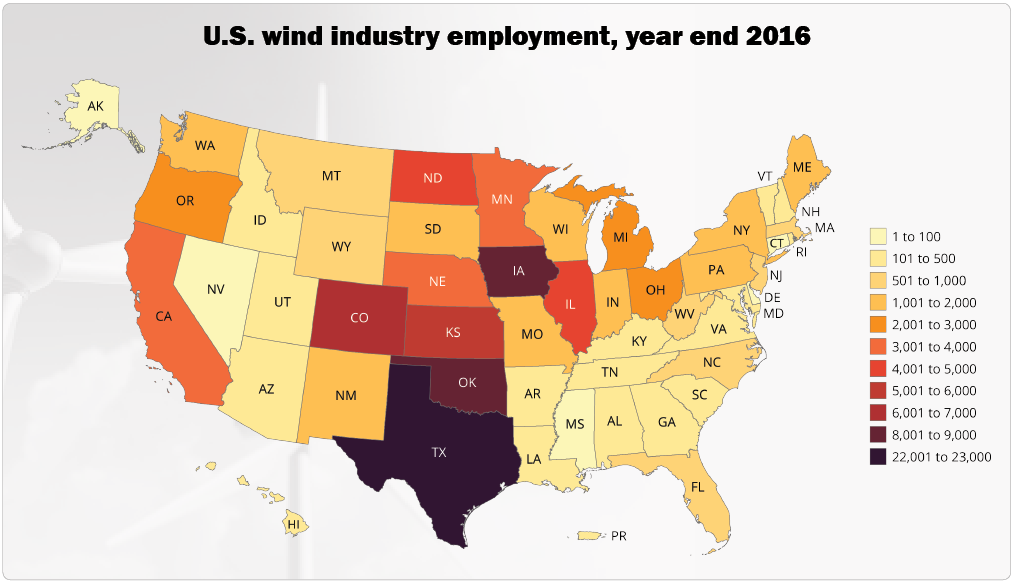
Wikimedia Commons
The U.S. Environmental Protection Agency’s (EPA) effort to unravel critical clean air and climate protections is in full swing.
The EPA’s Office of Air and Radiation (OAR) held a three-hour long public tele-hearing this week on President Trump’s agenda to unravel vital public health and environmental safeguards.
Held by phone only, in the middle of the workday, the hearing was scheduled to:
[S]olicit input on specific air and radiation actions that could be repealed, replaced or modified.
Under Administrator Scott Pruitt, a staggering asymmetry is underway at EPA that is a tremendous disservice to public health and the public good.
EPA adopted the clean air protections now under scrutiny by Scott Pruitt and his industry allies after years of scientific research and technical analysis, extensive public notice and comment, and thorough consideration.
Now, industry is trumpeting a “wish list” of these very safeguards, which they seek to discard.
As this week’s opaque teleconference demonstrated, Scott Pruitt is acting without meaningful public notice, comment, or hearing. This lack of transparency is consistent with what the New York Times called Pruitt’s “secretive” methods while Attorney General of Oklahoma.
We urge you to raise your voices and oppose this unprecedented attack on our bedrock public health and environmental safeguards. We urge you to make your voice heard by submitting public comments – by May 15, 2017 – on EPA’s docket, “Evaluation of Existing Regulations.”
That’s what my colleague, EDF’s Mandy Warner, and I tried to do during this week’s teleconference.
We urged EPA to preserve crucial protections that ensure our families have clean air to breathe.
I told the panel that I am deeply concerned by EPA’s efforts to unravel critical regulations that protect millions of Americans — including young people like me — from the dangerous effects of air pollution. Many of my peers across the country suffer from asthma, miss school because the air is too dirty for them to leave their house, or have lost family members due to toxic air pollution. (You can read my full testimony here)
Mandy’s comments reflected her concern for her two young daughters:
I asked my four-year-old the other night why she thought clean air was important and she said very simply, ‘so you can breathe.’ She’s right. And that’s what this stakeholder meeting should be all about – ensuring clean air so kids can breathe.
There is an endless pool of worry parents have to contend with already. We worry about how much fish is safe for our children to eat every week due to mercury pollution, what days we need to be careful about letting our children play outside due to smoggy air, and what serious challenges our children will face from runaway climate change.
Please don’t add to our worries by rolling back critical, lifesaving protections that can help ensure a healthier future for my children and children across America.
(You can read Mandy’s full testimony here)
 Our remarks were sandwiched between aggressive statements from the Utility Air Regulatory Group (UARG), a group of coal-based power companies, and the American Petroleum Institute (API).
Our remarks were sandwiched between aggressive statements from the Utility Air Regulatory Group (UARG), a group of coal-based power companies, and the American Petroleum Institute (API).
Both groups – along with other industry players – predictably advocated weakening or repealing such common sense, scientifically sound protections as the health-based 2015 national air quality standard for ground-level ozone (more commonly called smog), the 2016 New Source Performance Standards for methane pollution from oil and gas facilities, and the long-standing greenhouse gas reporting requirements that protect Americans’ right-to-know who is discharging large volumes of climate pollution.
While industry representatives attacked EPA’s climate and clean air safeguards, many other people raised their voices in support of the agency’s lifesaving mission to protect public health and the environment.
EPA heard from an American who lost a dear friend to a deadly asthma attack linked to smog. They heard from a Pittsburgh native — in the heart of steel country — who highlighted the now thriving city’s progression from pollution to prosperity, thanks to strong clean air protections. They heard from a New Yorker forced to leave the city to protect her family from toxic air that lingered in her old home and harmed her children.
Under President Trump and Scott Pruitt, this EPA is recklessly charting a collision course with the health of our communities, our families and our children. As Pruitt’s EPA moves to unravel vital clean air and climate safeguards, we at EDF will continue to stand up — alongside all of you — to fight for the health and safety of all Americans.
 Acting EPA Administrator Andrew Wheeler just released his proposal to severely weaken America’s only nation-wide carbon pollution protections for existing power plants – to a chorus of opposition from the American public, state and local officials, faith organizations, health and environmental organizations, and leaders across the political spectrum.
Acting EPA Administrator Andrew Wheeler just released his proposal to severely weaken America’s only nation-wide carbon pollution protections for existing power plants – to a chorus of opposition from the American public, state and local officials, faith organizations, health and environmental organizations, and leaders across the political spectrum.













